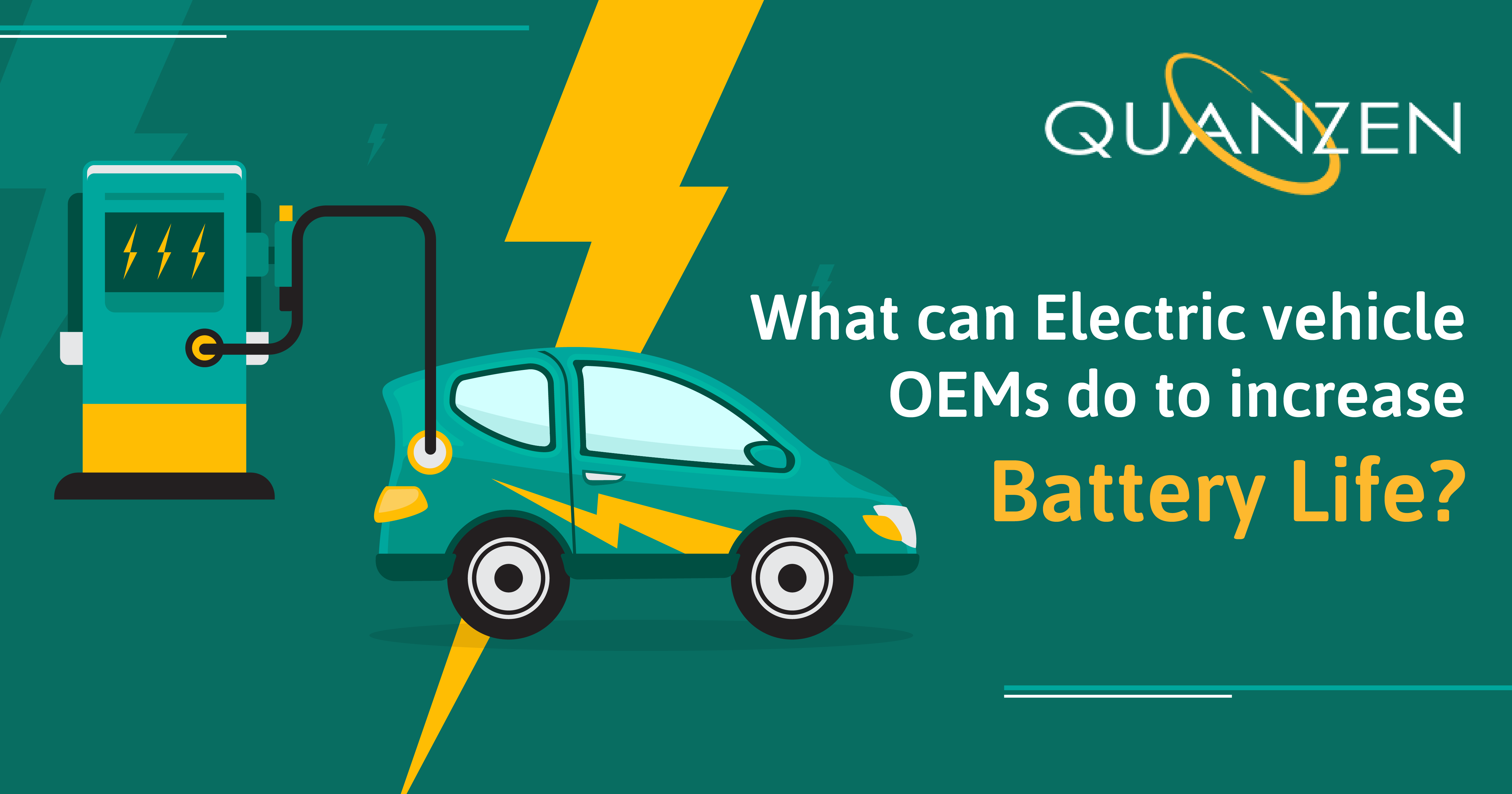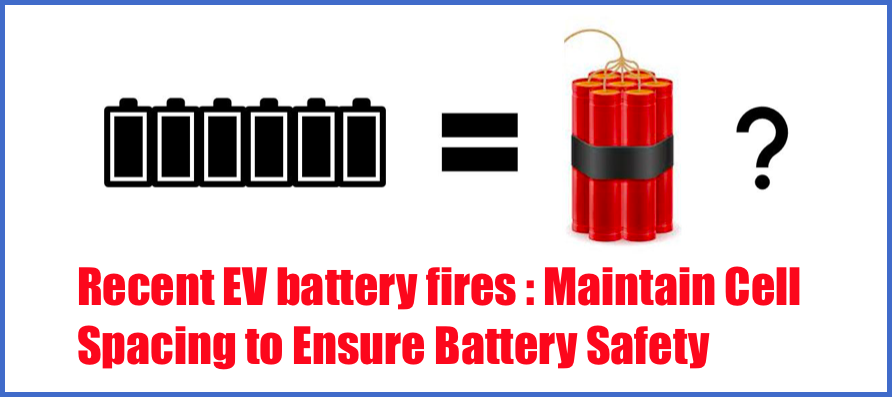What can Electric vehicle OEMs do to increase battery life?
As governments around the world work to reduce carbon emissions, the automotive industry is switching from conventional fuel vehicles to Electric Vehicles (EVs) in many countries.
With several governments opting to offer a conducive environment for EVs, Lithium-ion batteries that are used in EVs are becoming a large business. Lithium-ion batteries have become the industry standard for most rechargeable storage devices including smartphones and laptops as well as EVs. The global Lithium-ion battery market size is estimated to reach nearly $105.0 billion by 2025, owing to the increasing demand from consumer electronics and EVs. According to Swiss Bank, EVs will account for approximately 14% of global car sales by 2025 which will increase the demand for lithium-ion batteries accordingly.
An important concern for users of lithium-ion batteries is how long the battery will last, i.e., how many charge cycles it can sustain while still providing adequate power The life of a battery in an EV can be affected negatively by several factors including excessive temperatures, overcharging (high voltages), deep discharging (low voltages), and excessively rapid discharges or charges. While all of these are important aspects that must be addressed in any LiB design, proper thermal management is especially challenging. Most commercial lithium-ion chemistries are susceptible to degradation or ageing at elevated temperatures above 60°C. Extended operation at these temperatures promotes thermal degradation, leading to rapid loss in recoverable capacity over the life cycle of the battery, severely limiting the functional performance while also presenting safety concerns. Both electrical and thermal imbalances, resulting from localized heating, can cascade across a battery pack, introducing additional thermal strain on mechanical and material systems that can have a major impact on the overall life expectancy. As applications are demanding higher energy density in small formats, effective thermal management becomes more important.
Battery Protection to increase life
There are several techniques/processes used in the market that are useful for electrical and thermal protection of the battery.
Typically, the framework for any protection infrastructure for a battery application begins with the battery management system (BMS) which is essentially the ‘brain’ of a battery pack. This system measures and reports crucial information for the operation of the battery and protects the battery from damage in a wide range of operating conditions. This in turn helps to get optimal battery life. BMS can vary widely on both its complexity and operation depending on the application. In addition, to keep cells within a battery pack operating in their optimal temperature range and maintain a homogeneous thermal profile across the cells, battery pack engineers incorporate some form of thermal management into their designs. There are two types of thermal management — active and passive thermal management.
Thermal Management
Thermal management systems rely on thermal transfer of heat away from the cell’s surface, thereby inhibiting core temperature rise and limiting material degradation. The effectiveness of regulating core temperatures is both a function of the ability to efficiently transfer heat away from the cell’s surface and the inherent thermal properties of the battery materials. Active thermal management includes cooling from forced air, forced liquid, or both that augment the heat transfer process. Passive thermal management is a cooling technology that absorbs heat solely via thermodynamics, i.e., convection, conduction, and radiation. These are typically less expensive and easier to implement than active systems. The decision in using active or passive thermal management systems at the cell level or in a pack is application dependent. While active cooling methods are effective in shuttling heat away from a surface, their size and complexity are prohibitive in applications such as small electric vehicles. Passive systems offer simplicity in design that eliminates the need for mechanical equipment and additional capacity to power them.
Solution from LHS® Materials
A very simple and effective solution available to the market today, is the use of materials offered by Latent Heat Solution LLC (LHS). LHS® uses passive thermal management to reduce detrimental thermal effects in lithium-ion batteries. LHS materials have the capacity to absorb and store thermal energy thus maintaining lower battery temperatures, minimizing electrochemical and mechanical stress resulting in increased battery life across a broad range of applications.
The lithium-ion battery market is growing strongly, and the batteries are becoming increasing powerful. Materials from LHS® can provide solutions to industry that improve the life and performance of their li-ion battery systems.
Please do share your comments and insights below.








